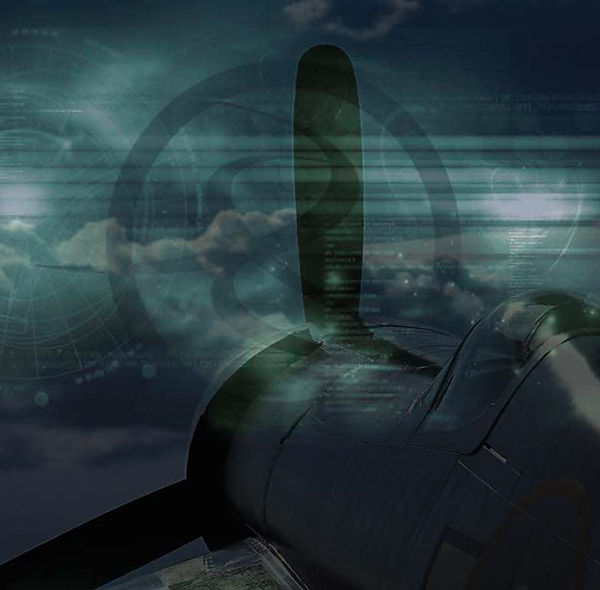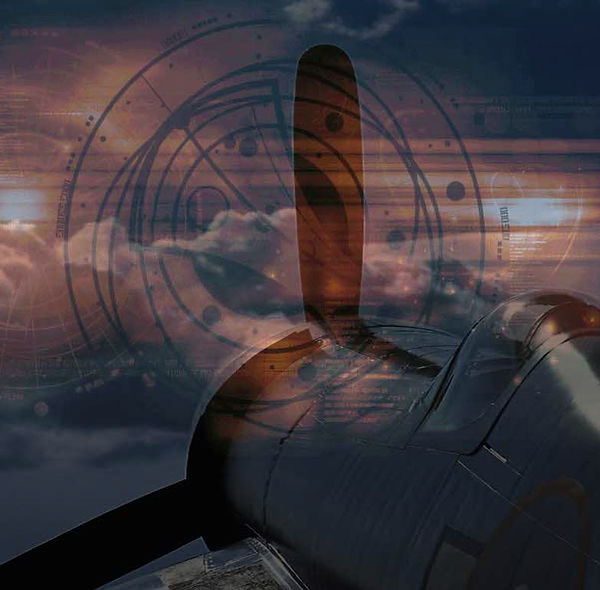
Hold your pointer on a tab in the menu on top of the page to view and handle the sub menus.



F4U-1P Corsair (*)
A limited number of F4U-1D Vought Corsairs were converted to be used as photo reconnaissance plane during World War II.
The USN had an interest in converting sixty Corsairs for the photo reconnaissance role prior to the production of the F4U-1 Corsair.
This aircraft was used operationally in both the USMC (United States Marine Corps) and USN (United States Navy).
Vought provided the US Navy with drawings and a mockup of the camera installation. The Navy converted the aircraft itself in order not to influence the Vought's production line. The aircraft designated as F4U-1P utilized a remotely controlled camera installed in the lower rear section of the fuselage with a single window. The camera mount carried a single camera but could accommodate various types of aerial cameras such as the K-17, K-18, and F-56. These are the standard reconnaissance and photogrammetric survey/mapping cameras used by the U.S. and all designed by Fairchild. Only used for day photography.Reconnaissance and photogrammetric survey/mapping cameras
The Fairchild K-17 was a reconnaissance and mapping Camera for vertical and oblique aerial photos, using 9 1/2" wide roll film for 9" x 9" images (usually fitted with a 250 frame magazine). The camera came with a with a between-the-lens shutter in with exchangeable cones with Bausch and Lomb Metrogon lens of 6", 12" and 24" focal length 6-inch / f6.3, 12-inch / f5 ,24-inch / f6.
The K-18 was a medium to high altitude reconnaissance Camera with between-the-lens shutter for 9 1/2" wide roll film for 9" x 18" negatives. The camera was comprised of a single-unit housing and 24-inch / f6 focal length. Two types of film magazines could be fitted, the A-7 magazine with 45 exposures or the A-8 magazine with 245 exposures.
The Fairchild F-56 is a reconnaissance camera, primarily operated by the US Navy, fitted with a range of lens cone options, 5.25-inch / f6.3, 8.25-inch / f4, 20-inch / f5, 40-inch / f8.
The Fairchild Aerial Camera Corporation, founded in 1920 by the inventor and entrepreneur Sherman Mills Fairchild (April 7, 1896 - March 28, 1971) was the manufacturer of a range of aerial cameras.
Sherman M. Fairchild was born in Oneonta, New York, in April 1896 as the only child of congressman and a founder of International Business Machines (IBM), George W Fairchild. Sherman attended college at Harvard, the University of Arizona, and Columbia, studying engineering and aerial. In 1917 Fairchild was rejected from the US military because of poor health. Determined to help with the war effort, he and his father went to Washington to see if his experience with cameras might be helpful. At the time, the aerial cameras available to the US Army produced poor quality images because the camera's slow shutter speed could not keep up with the motion created by the airplane. Fairchild developed a camera with an between-the-lens shutter which produced much clearer images. Even though the Army did not accept his camera until World War I had ended, it acquired two units for training. Fairchild started the Fairchild Aerial Camera Corporation in February 1920 as a vehicle to build and distribute his aerial cameras. Soon after the US Army placed orders for the and made the Fairchild the standard military camera.
(*) : Index - References - Notes - Citations